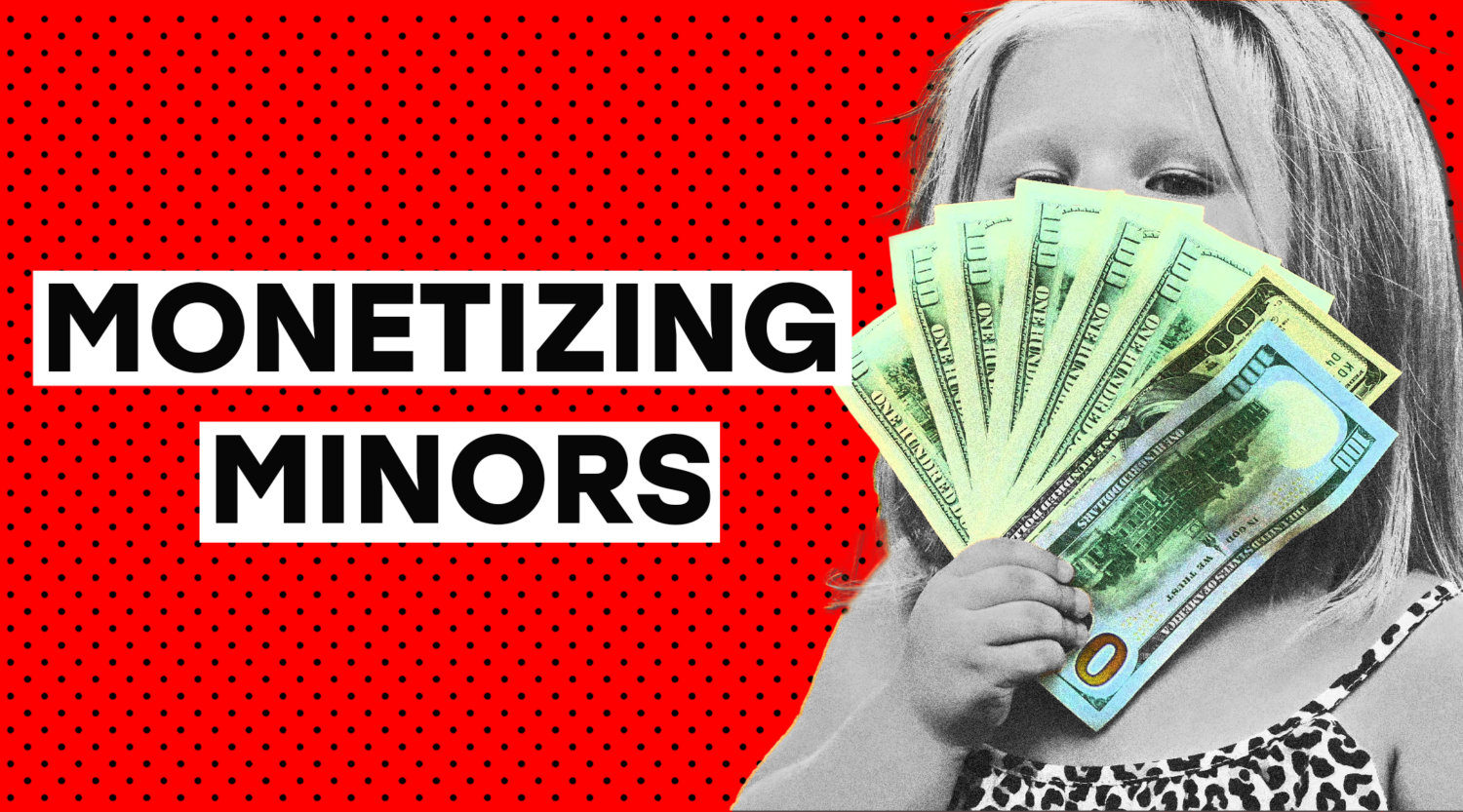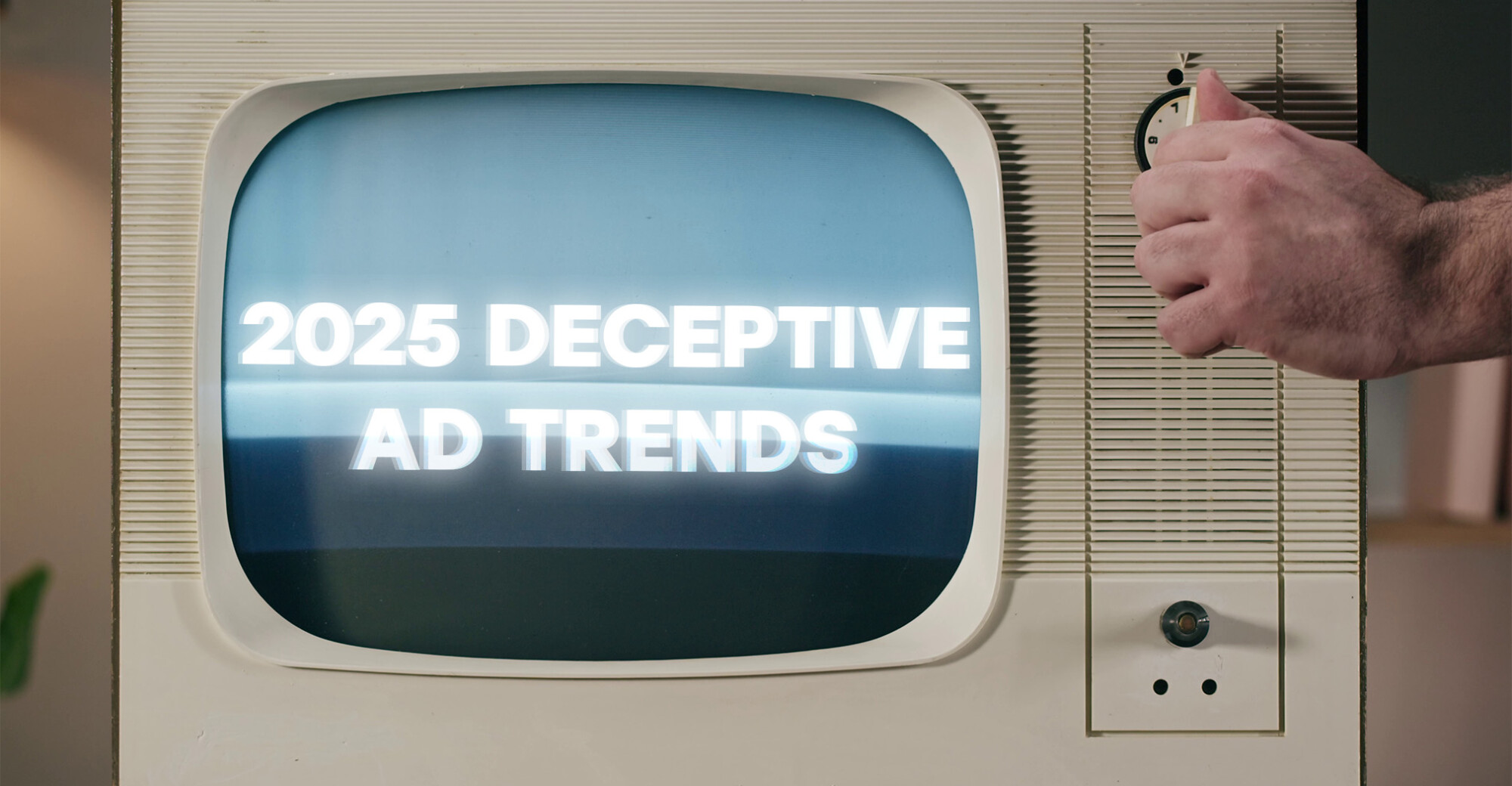
Monetizing Minors: Aneliese German (aka Lisi Shops)
What’s this kidfluencer doing promoting a “youth cream”?
TINA.org will soon debut a new series exploring the relationships that a multitude of brands have developed with some of social media’s most popular kid influencers (aka kidfluencers). The series, Monetizing Minors, will delve into the issues, challenges and problems that have resulted from these kidfluencer-brand collaborations.
With the power to influence parents’ purchasing decisions, their own financial resources and as future adult consumers, children are a valued target audience for marketers. And this young demographic is spending a significant portion of each day in front of screens: children 8 and under are looking at screens for two and a half hours each day, tweens (8 to 12 years old) are spending more than five hours a day on screens for entertainment while teens (13 to 18) are looking at screens for more than eight hours a day (including nearly five hours on social media every day). Given kids’ predilection for digital media, advertising dollars directed at them have followed, with brands investing billions each year on digital marketing. Concomitant with this digital ad spend has been an increase in the number of products and services being misleadingly marketed to children.
Although most kids are adept at handling technology, that does not mean they have the cognitive capability to understand all the content on digital platforms. When it comes to advertising, it is beyond dispute that children do not interpret and/or understand marketing material in the same ways that adults do – not all children have the ability to recognize advertising messages, and even those that do may not be able to critically evaluate the underlying marketing message. While children’s abilities to identify and scrutinize advertising develops gradually as they pass through successive stages of cognitive development, even teenagers can have trouble recognizing and comprehending certain types of marketing, especially when it comes to blurred content on digital platforms. And deceptive and unfair marketing messages directed at kids have the potential to do more than simply affect families’ pocketbooks – they may also influence children’s behavior, encouraging kids to engage in risky, unhealthy and, at times, even dangerous behavior.
For the past several months, TINA.org has been tracking more than a dozen kidfluencers and the brands who sought them out, documenting the inappropriate (and often deceptive) messaging encouraged by these companies. Undisclosed ads for alcohol mixers, anti-aging products and supplements, energy drinks, anonymous messaging apps, AI chat bots and dating and calorie-counting apps, promotion of R-rated movies and infomercials are just some of the examples TINA.org has found – marketing messages consumed by millions of minors on a near-daily basis.
Monetizing Minors will shine a light on how brands are exploiting minors and make clear that more needs to be done and appropriate measures taken to better protect our kids from the harms inflicted from deceptive marketing practices in the digital landscape. While it is axiomatic that parents and guardians are primarily responsible for the upbringing and development of their children, they should not be expected to go it alone when it comes to countering deceptive marketing that targets minors in the digital space.
The bottom line is brands are engaging with kidfluencers because it is economically advantageous for them to do so, but a company’s relationship with an influential minor should also mandate a level of oversight and guidance to ensure that they are not exploiting these kids and their families or deceiving their thousands to millions of followers. Unfortunately, TINA.org’s current examination reveals that many brands are putting profits before the welfare of our kids and their obligations to truth in advertising laws.
What’s this kidfluencer doing promoting a “youth cream”?
A closer look at what we’ll be monitoring in the new year.
Patrick Coffee, Wall Street Journal


